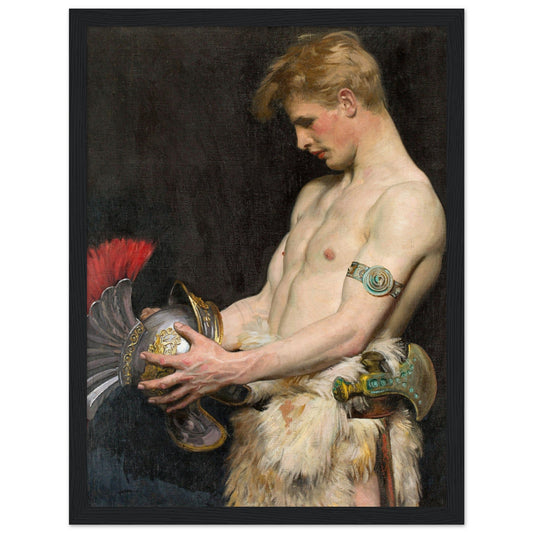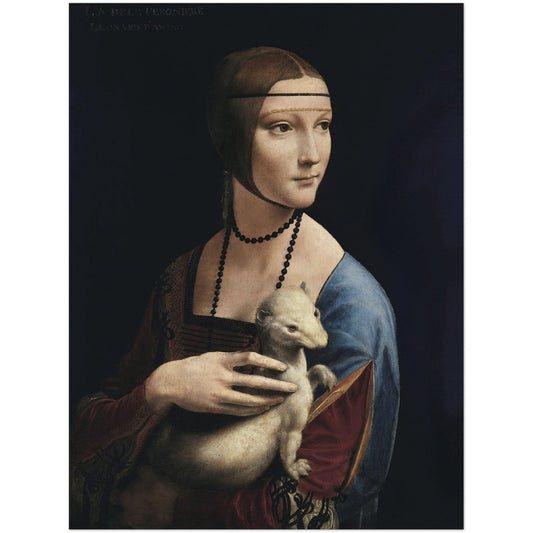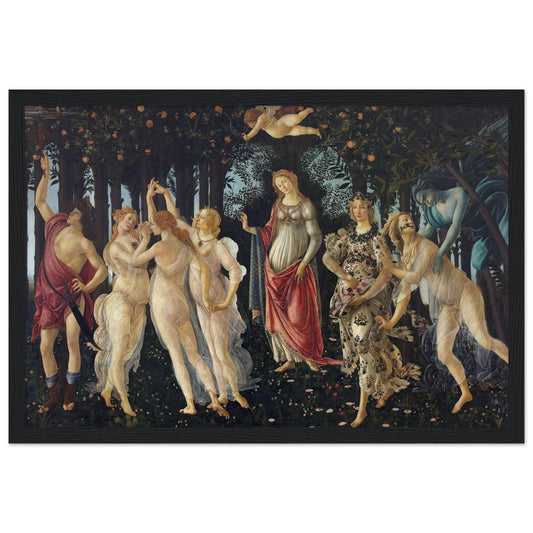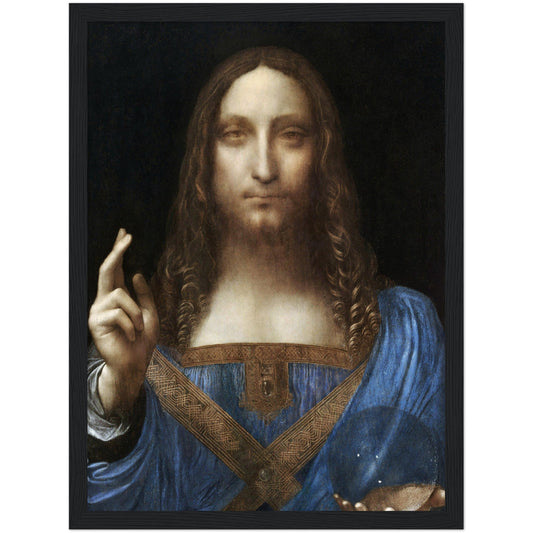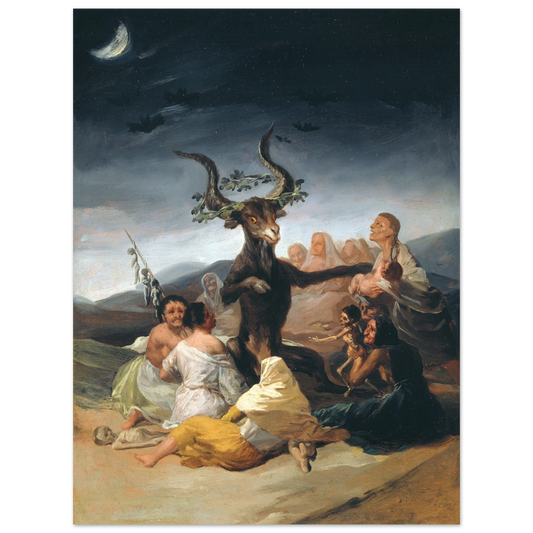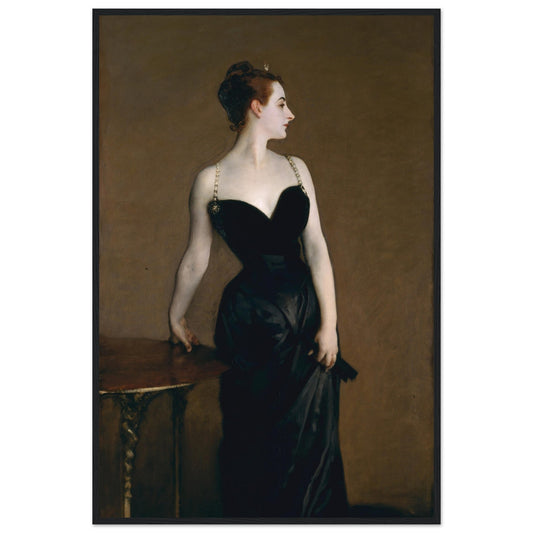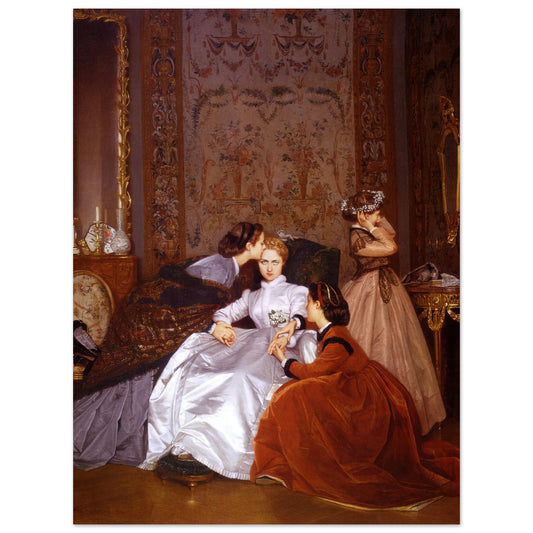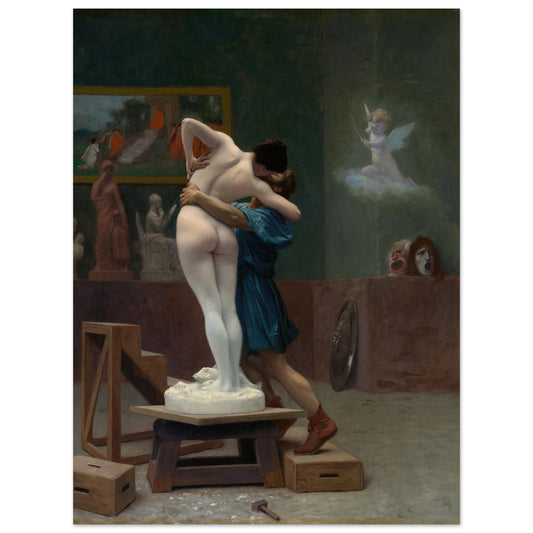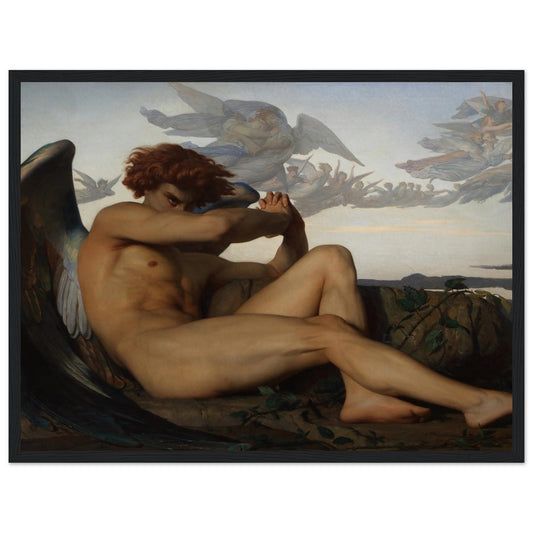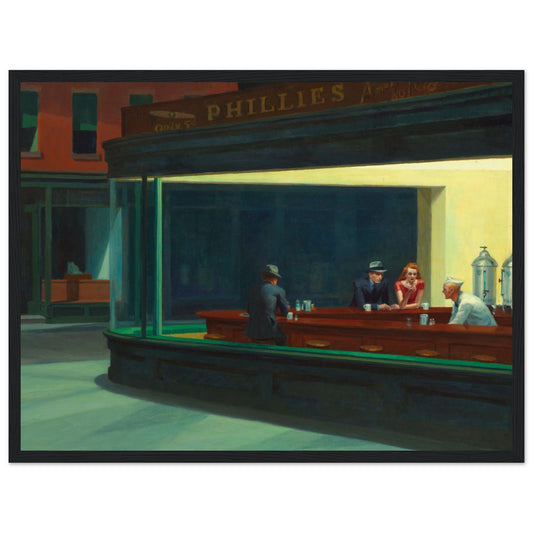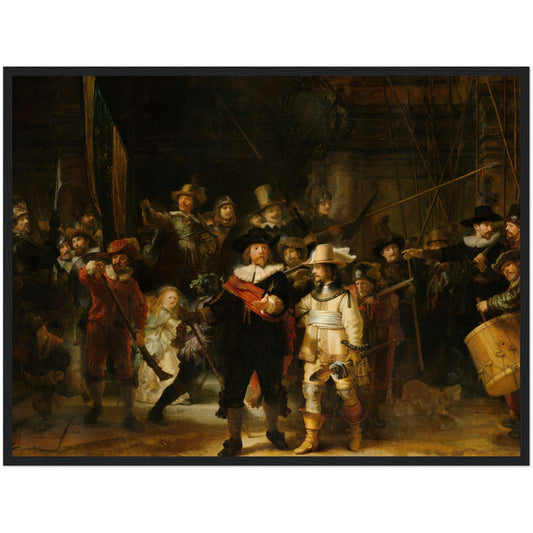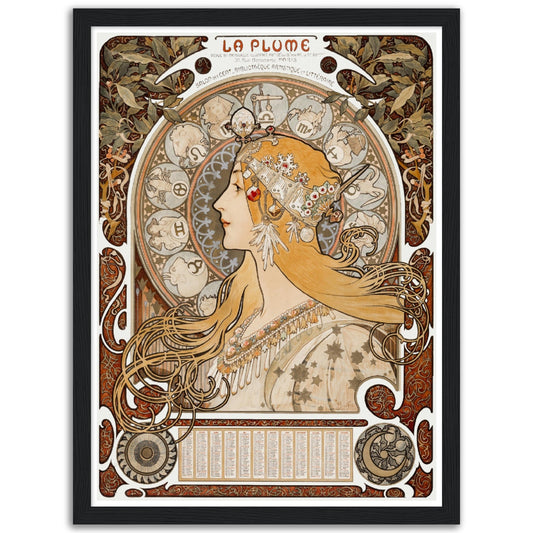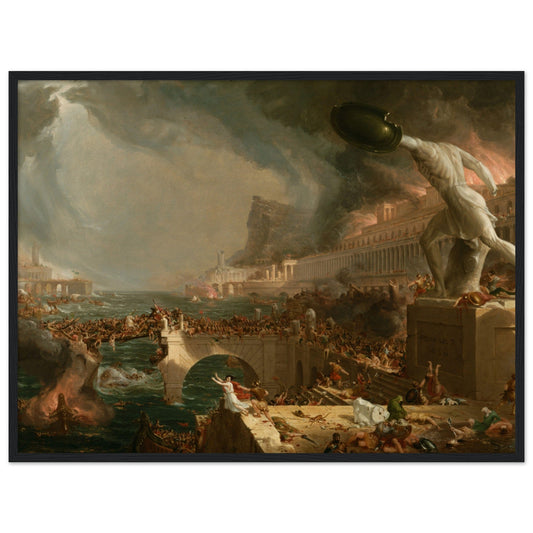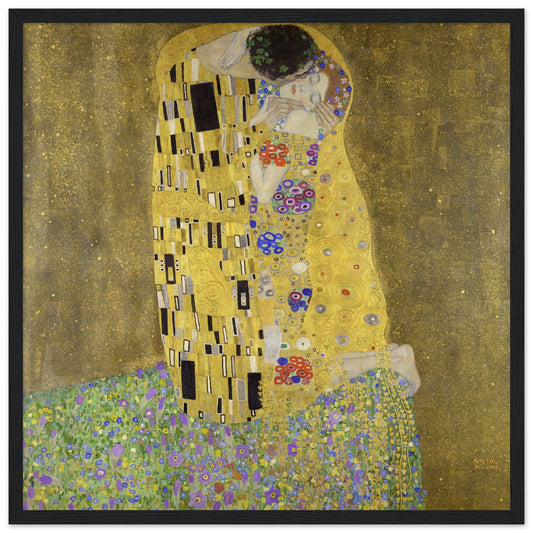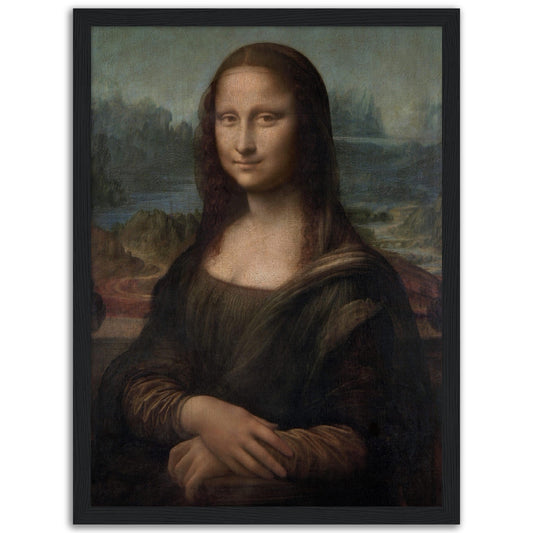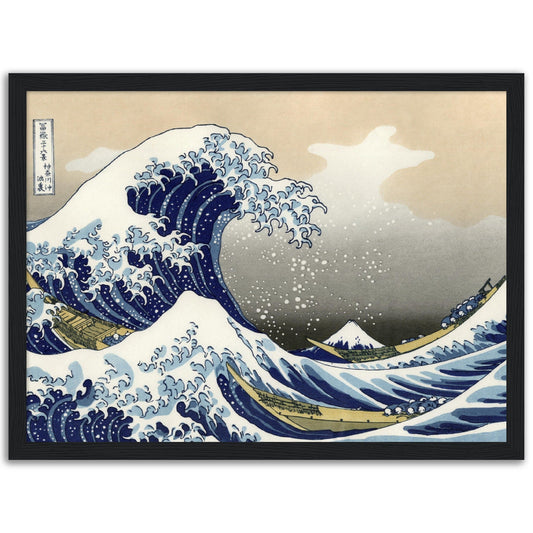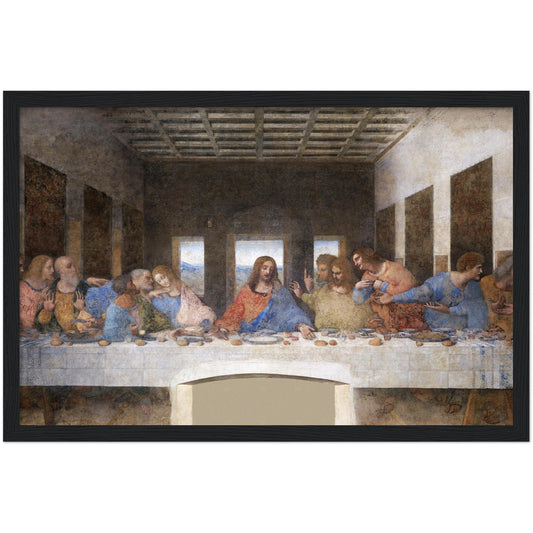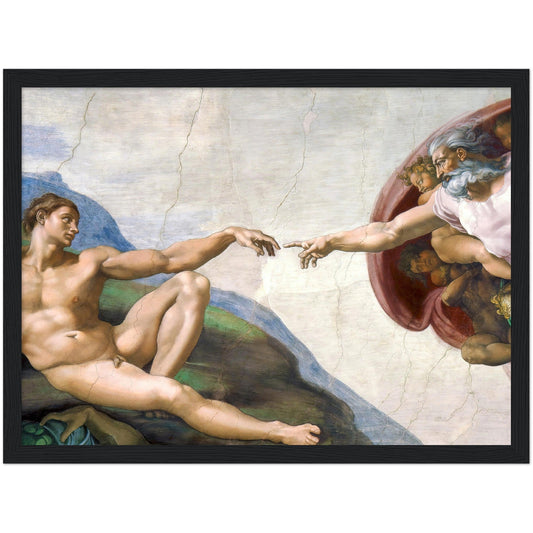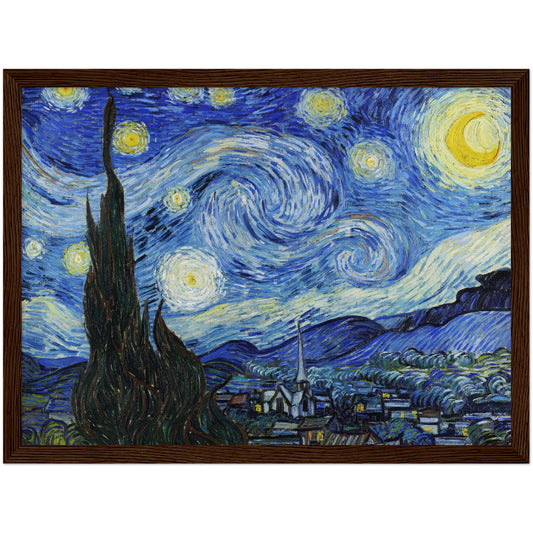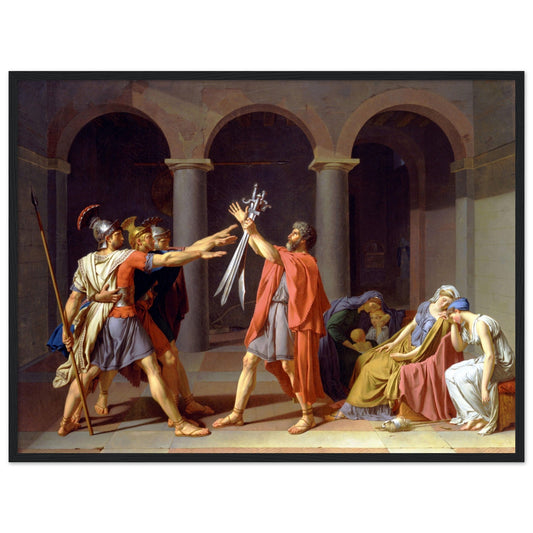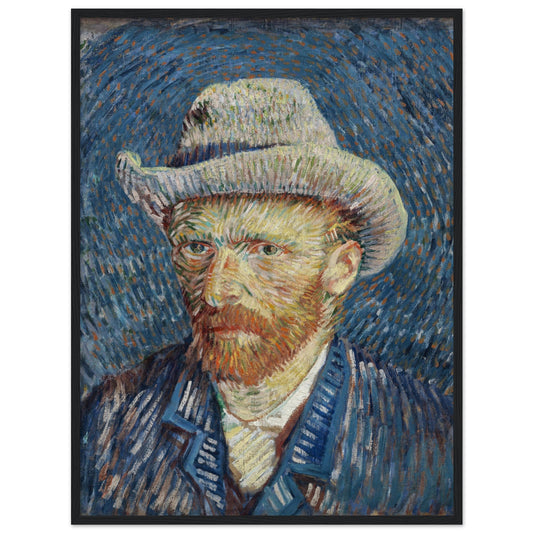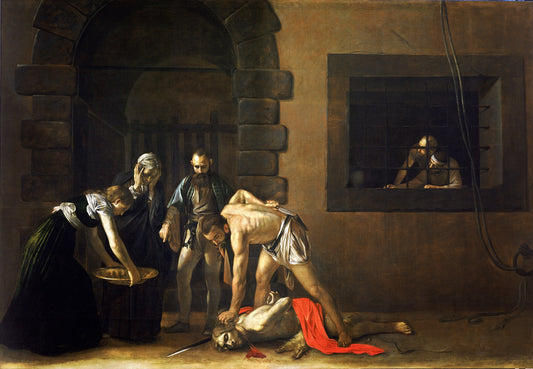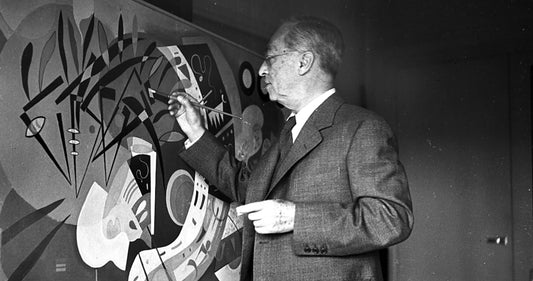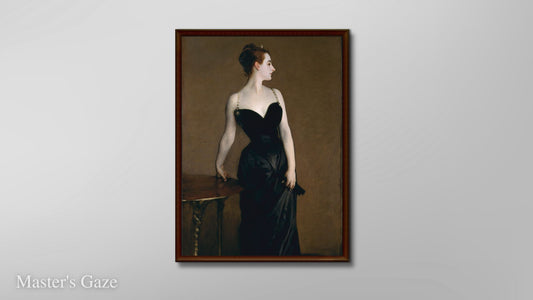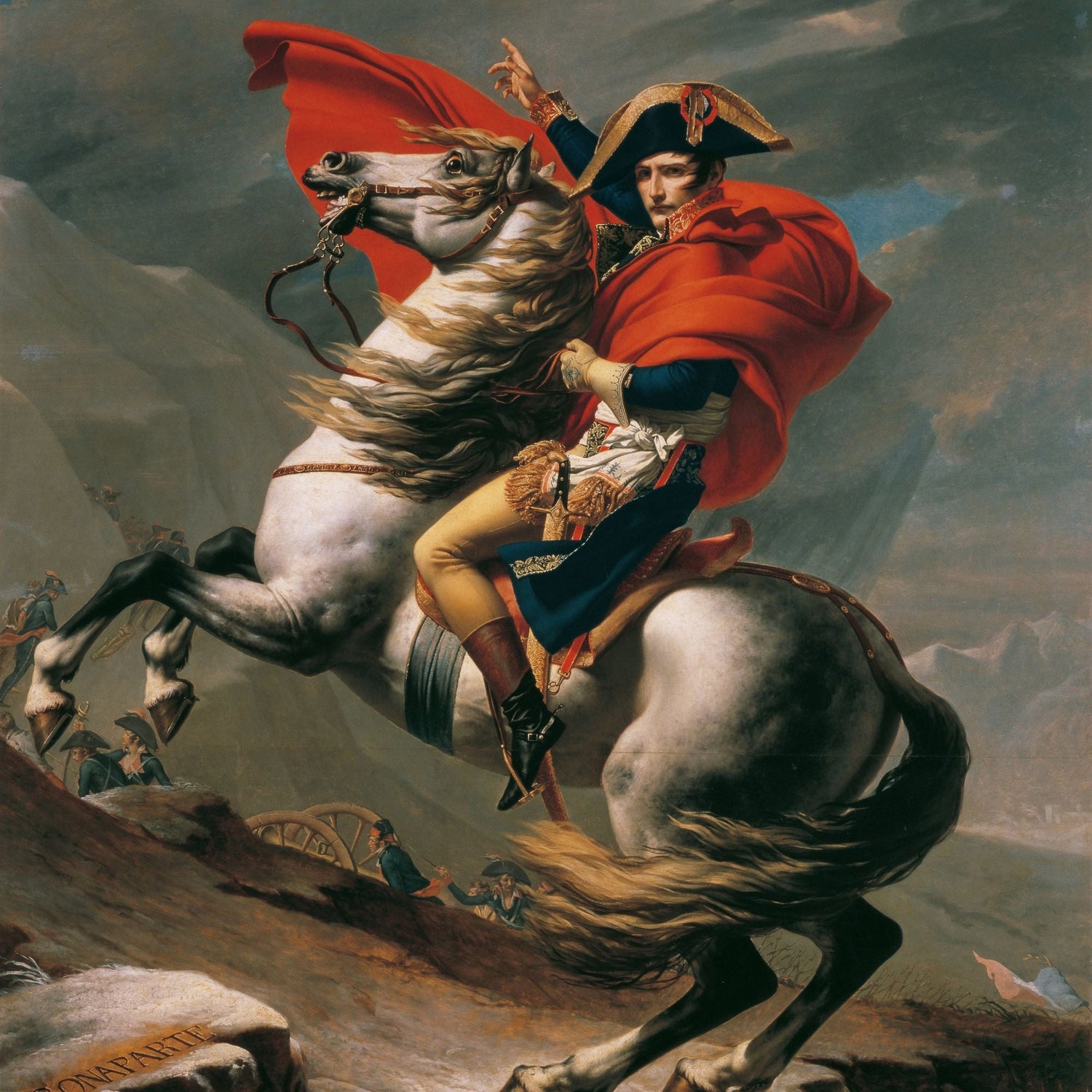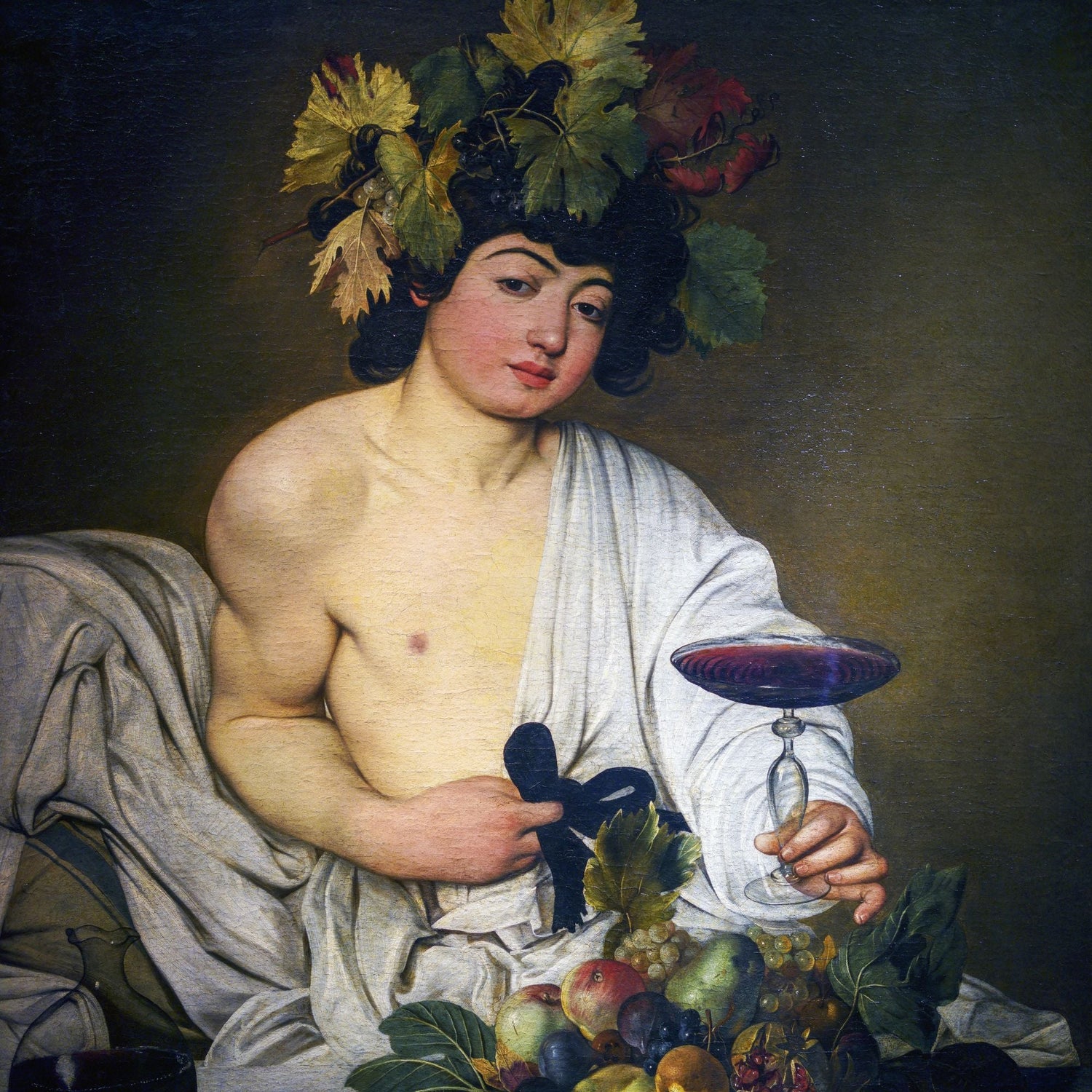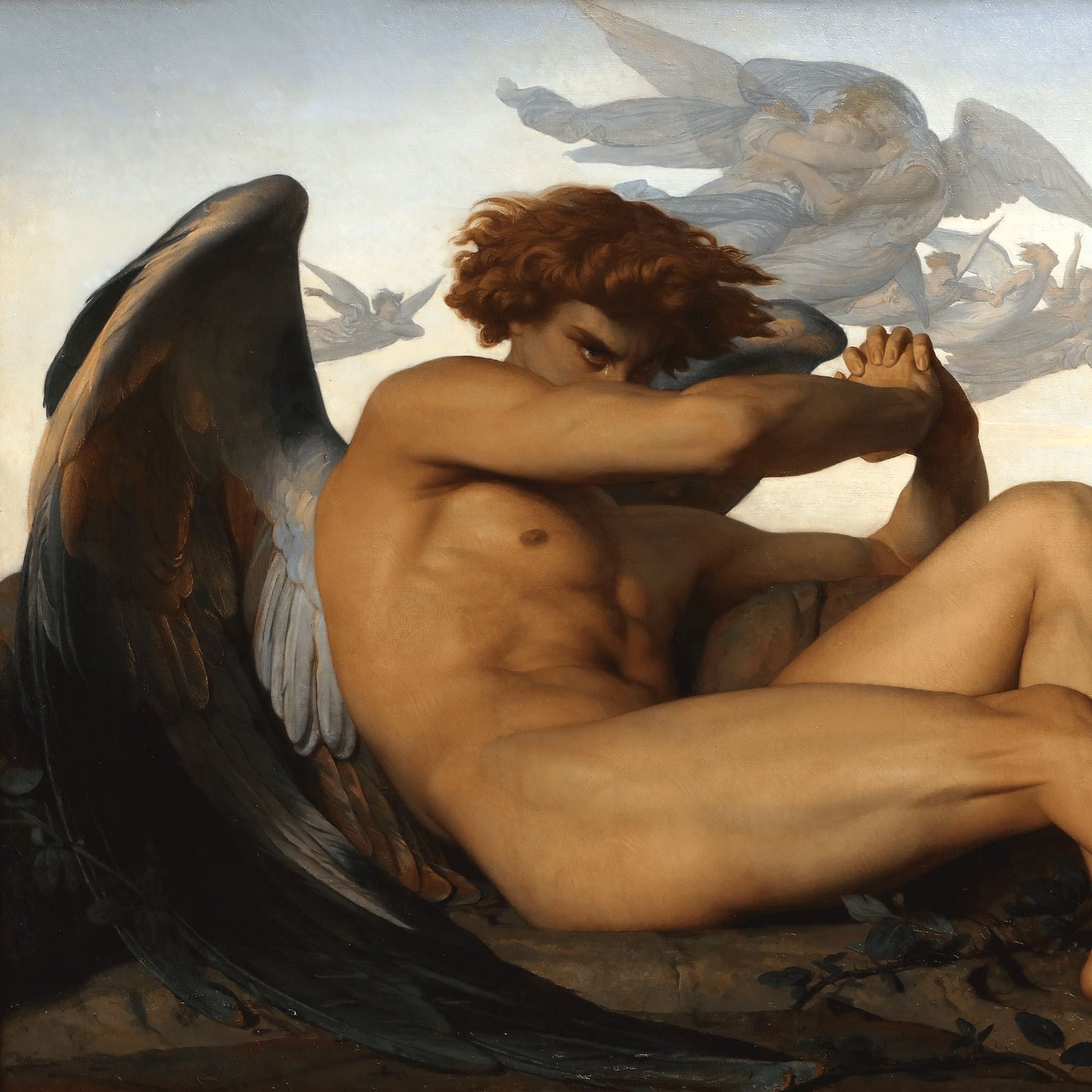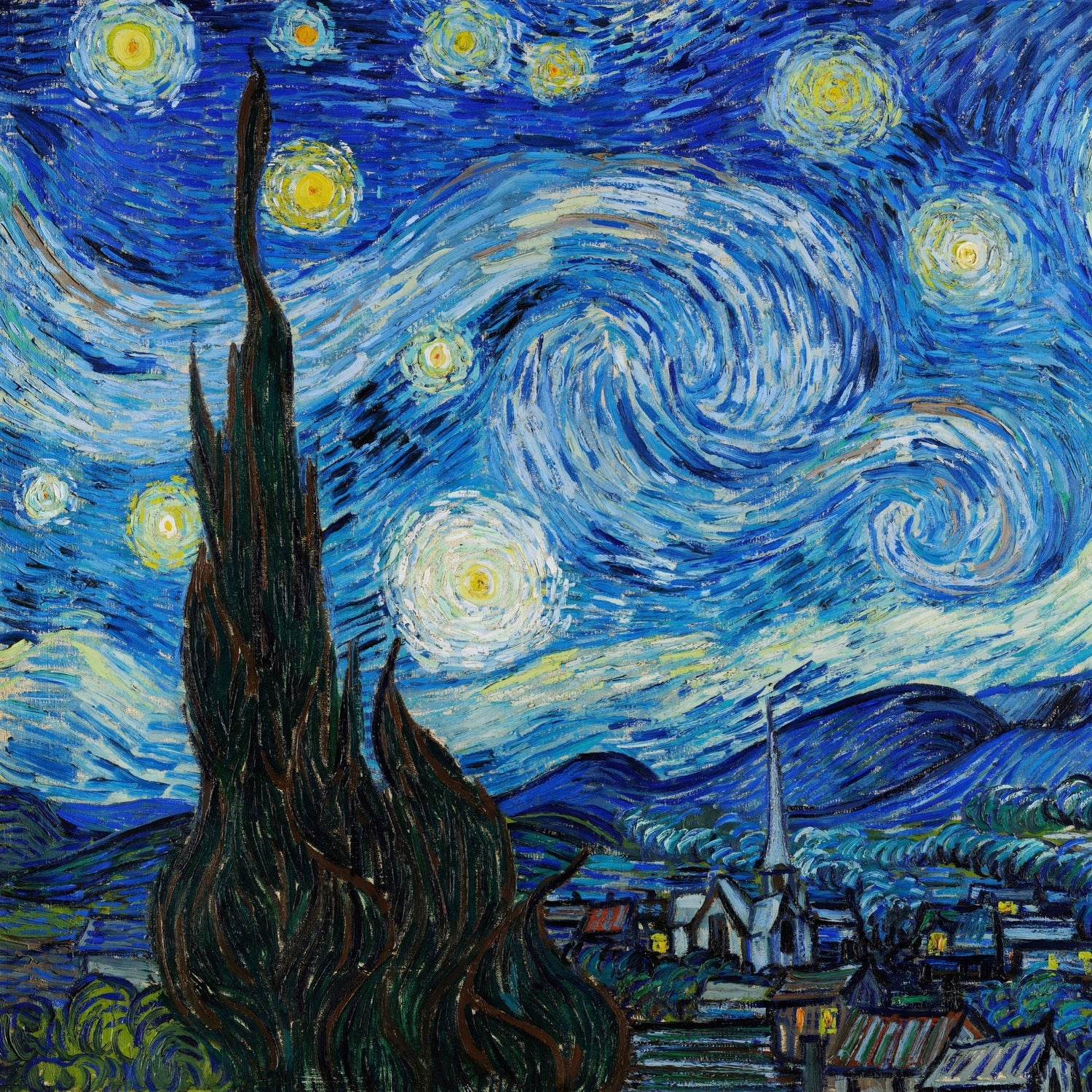Table of Contents:
-
Introduction
-
The History of the Mona Lisa Painting
-
Leonardo da Vinci and the Mona Lisa
-
Lisa Gherardini: The Woman Behind the Mona Lisa's Smile
-
The Mona Lisa's Enigmatic Smile
-
Symbolism in the Mona Lisa Painting
-
The Background
-
The Hands
-
Analysis of the Mona Lisa Painting
-
Leonardo da Vinci's Painting Techniques
-
Curiosities about the Mona Lisa Painting
-
Mona Lisa Painting History
-
The Mona Lisa's Journey to the Louvre Museum
-
Cost of the Mona Lisa Painting
-
Conclusion
Introduction
"The Mona Lisa" is one of the most recognizable and enigmatic paintings in the world. Painted by Leonardo da Vinci in the early 16th century, it has captured the imagination of people for centuries. In this article, we will delve into the history of the painting, the techniques used by da Vinci, and the symbolism behind the enigmatic smile of the painting's subject, Lisa Gherardini.
The History of the Mona Lisa Painting
"The Mona Lisa" was painted by Leonardo da Vinci between 1503 and 1506. It is a half-length portrait of Lisa Gherardini, the wife of a wealthy Florentine merchant named Francesco del Giocondo. The painting is also known as "La Gioconda" in Italian, which is where the name "Mona Lisa" comes from.
Leonardo da Vinci and the Mona Lisa
Leonardo da Vinci was a true Renaissance man, a master painter, inventor, engineer, and scientist. He is considered one of the greatest artists of all time, and his works continue to inspire and amaze people today. The Mona Lisa is considered one of his most famous and accomplished works.
Lisa Gherardini: The Woman Behind the Mona Lisa's Smile
Lisa Gherardini, the subject of the Mona Lisa painting, was a member of a wealthy family in Tuscany, Italy. She married Francesco del Giocondo in 1495, and it is believed that she posed for the Mona Lisa painting in the early 16th century. Her enigmatic smile has been the subject of much debate and analysis over the years.
The Mona Lisa's Enigmatic Smile
The enigmatic smile of the Mona Lisa is one of the most recognizable and mysterious aspects of the painting. The smile has been interpreted in many different ways, but one of the most widely accepted interpretations is that it represents the fleeting nature of happiness and beauty. Some believe that the smile is a subtle comment on the vanity of human desires, as happiness and beauty are fleeting and ephemeral.
Symbolism in the Mona Lisa Painting
The Mona Lisa is full of symbols and hidden meanings that have been debated and analyzed for centuries. The background of the painting features winding roads and rolling hills, which represent the journey of life. The enigmatic smile, the bridge in the background, and the delicate placement of the subject's hands are also all full of symbolism.
The Background
The winding roads and hills in the background of the Mona Lisa painting may symbolize the twists and turns of life, while the bridge in the background may represent a passage from life to death.
The Hands
The delicate placement of Lisa Gherardini's hands has been interpreted as symbolizing the balance between the body and the soul, as well as the balance between the material world and the spiritual world.
Analysis of the Mona Lisa Painting
The Mona Lisa is a perfect example of Leonardo da Vinci's mastery of painting techniques and use of light and shadow. He used a technique called sfumato, which means "to evaporate like smoke" in Italian, to create a soft, hazy effect in the painting. This technique gives the painting a dreamlike quality and creates a sense of depth and movement. The use of light and shadow also helps to define the shapes and contours of the subject, making the painting come to life.
Leonardo da Vinci's Painting Techniques
Leonardo da Vinci was a master painter who was known for his use of innovative techniques and approaches to painting. In addition to sfumato, he also used a technique called chiaroscuro, which involves the use of strong contrasts between light and dark to create depth and dimensionality. His approach to painting was highly influential and helped to shape the development of art in the Renaissance period and beyond.
Curiosities about the Mona Lisa Painting
There are many interesting facts about the Mona Lisa, but here are a few of the most interesting:
- The painting was stolen from the Louvre Museum in 1911 and was missing for two years before it was recovered.
- The Mona Lisa was once owned by King Francis I of France, and it has been housed in the Louvre Museum in Paris since 1797.
- The painting has been the subject of numerous replicas and forgeries over the years, and it is believed that there are over 20 different versions of the Mona Lisa in existence today.
Mona Lisa Painting History
The Mona Lisa was painted by Leonardo da Vinci between 1503 and 1506 and is considered a masterpiece of the Renaissance period. It is a portrait of a woman, believed to be Lisa Gherardini, the wife of a wealthy Florentine merchant named Francesco del Giocondo. The painting is also known as "La Gioconda" in Italian, which is where the name "Mona Lisa" comes from.
The Mona Lisa's Journey to the Louvre Museum
The Mona Lisa was acquired by King Francis I of France in the early 16th century, and it has been housed in the Louvre Museum in Paris since 1797. It is one of the most popular and iconic works of art in the museum's collection and attracts millions of visitors each year.
Cost of the Mona Lisa Painting
Today, it is impossible to assign a precise value to the Mona Lisa painting since it is considered priceless. However, it is known that the painting was insured for 100 million dollars in 1962, which at the time was the highest insurance value ever placed on a single work of art. Today, it is estimated that the Mona Lisa painting could be worth over a billion dollars if it were ever to be sold.
Conclusion
The Mona Lisa painting is undoubtedly one of the most famous and recognizable works of art in the world. Its enigmatic smile, rich history, and exquisite details have captured the imaginations of people for centuries, and it remains a source of inspiration and fascination today. The painting's true value cannot be measured in dollars, but in the emotions it elicits and the impact it has had on the art world and beyond. Leonardo da Vinci's masterpiece has truly stood the test of time and will continue to be a cultural treasure for generations to come.

